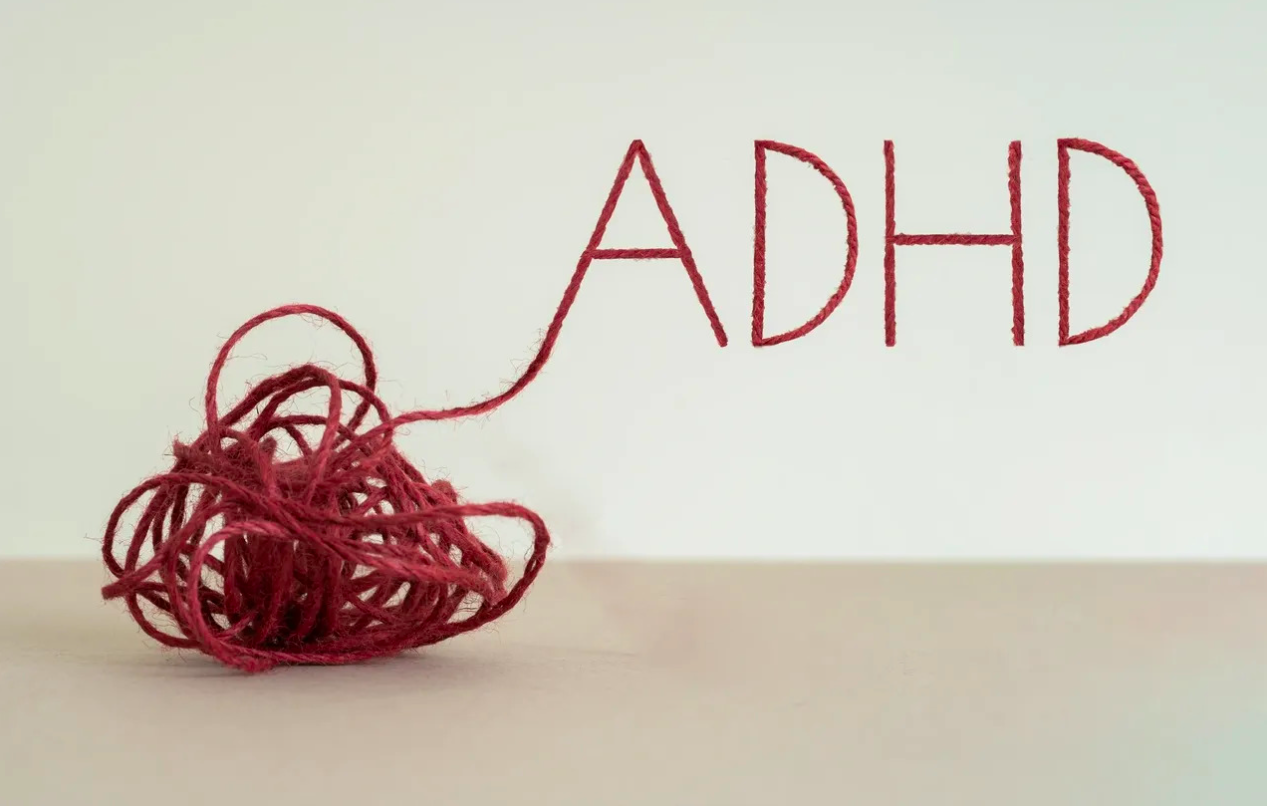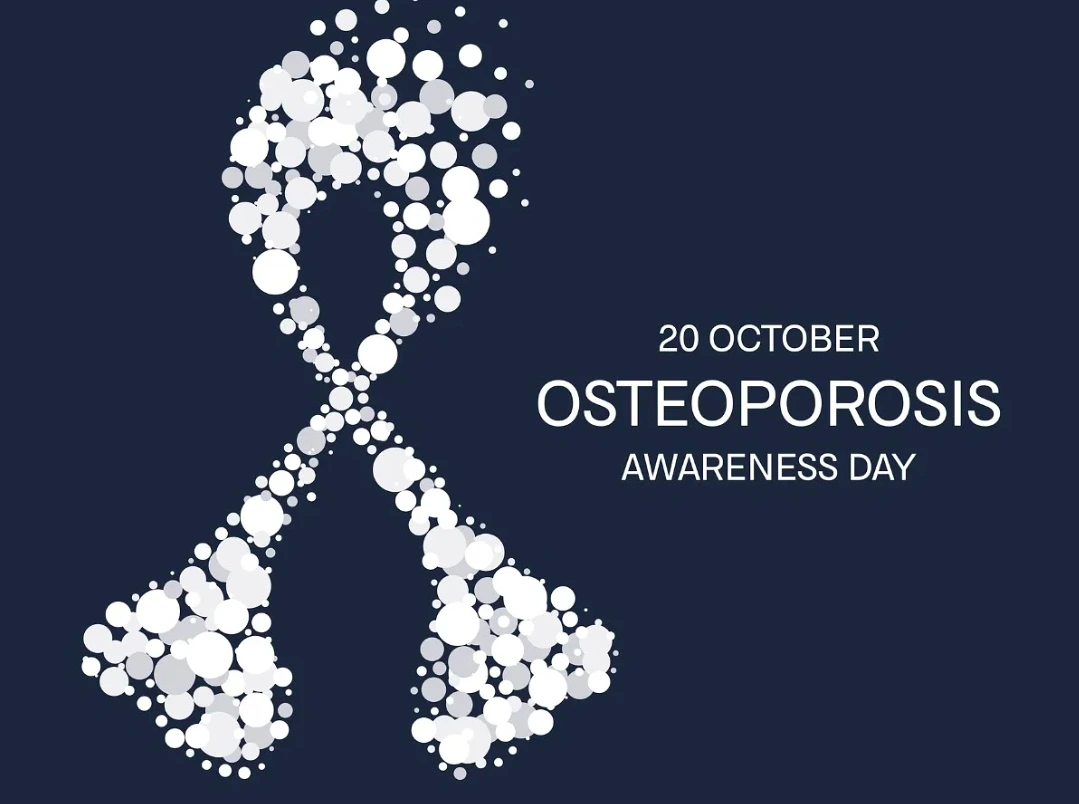ADHD, or Attention-Deficit/Hyperactivity Disorder, is a neurodevelopmental disorder, Parts of the ADHD brain develop more slowly than in neurotypical brains. It is a larger condition in children but for most people, they never go away means every age can have ADHD.
Imagine a life where your brain dances to its unique pattern, sometimes racing ahead, pausing unknowingly. This is the everyday condition of people who are suffering from ADHD
Understanding ADHD
ADHD is like having a constant orchestra of thoughts and impulses playing in your mind. It’s marked by a continuous mix of hyperactivity, impulsivity, and inattention that can disrupt an individual’s daily life. While occasional distractions and hyperactivity are common for everyone, those with ADHD wrestle with these challenges incessantly, making life’s journey a bit more adventurous.
Symptoms of ADHD:
ADHD isn’t a one-size-fits-all condition; it’s multifaceted with a range of symptoms. It’s divided into three main types:
- The Daydreamer:
The Predominantly Inattentive Presentation is marked by forgetfulness, difficulty focusing, and ongoing struggles with organization and task completion. - The Dynamic Adventurer:
The Predominantly Hyperactive-Impulsive Presentation is a world of endless energy, restlessness, difficulty staying still, excessive talking, and impulsive decision-making. - The Versatile Voyager:
The Combined Presentation, a blend of inattentive and hyperactive-impulsive traits, displays the full range of ADHD’s fascinating orchestra.
Causes of ADHD:
The exact cause of ADHD remains a mystery, but science provides some interesting hints. It’s a combination of genetic, environmental, and neurological factors. Genetics plays a crucial role, with ADHD often seen in families. Environmental factors, like prenatal exposure to toxins or complications during birth, can also contribute to this complex dance.

Diagnosis and Treatment:
Diagnosing ADHD isn’t a straightforward process; it requires the expert ear of a healthcare professional. The evaluation considers a person’s symptoms, family history, and potential underlying conditions. Treatment involves a multi-faceted approach:
- The Brain-Balancing Medication:
Medications, both stimulant and non-stimulant, help regulate the brain’s neurotransmitters. They increase chemicals like dopamine and norepinephrine levels, enhancing focus and curbing impulsivity. - The Therapeutic Refinement:
Behavioral therapies, such as Cognitive-Behavioral Therapy (CBT) and Behavioral Intervention, develop strategies and coping mechanisms. These are the building blocks that teach organizational skills, emotional regulation, and empowerment for daily life. - The Lifestyle Cadence:
Lifestyle modifications provide a harmonious backdrop. Regular exercise, a balanced diet, stress management techniques, and adequate sleep ensure a smoother journey with ADHD.
Living with ADHD:
The true protagonist here is the individual living with ADHD. Their life is a vibrant tapestry of unique challenges and remarkable strengths. With the right support systems, effective treatment, and self-care practices, they can lead lives brimming with purpose and happiness.
Conclusion
ADHD is like a complex melody played in the minds of both children and adults. Understanding the symphony of symptoms, the multifaceted causes, and the diverse range of treatments available is the first step toward harmony.
Read More:
The Ice Apple Fruit: Amazing Benefits, Side effects and more
पनीर सलाद कैसे बनाएं: 4 अद्भुत उच्च प्रोटीन व्यंजन





